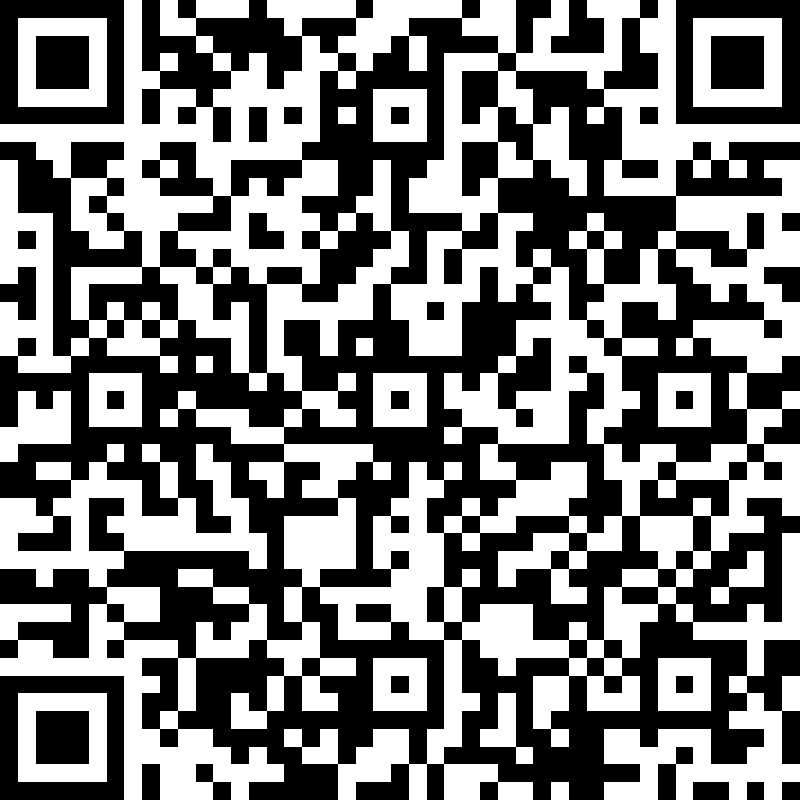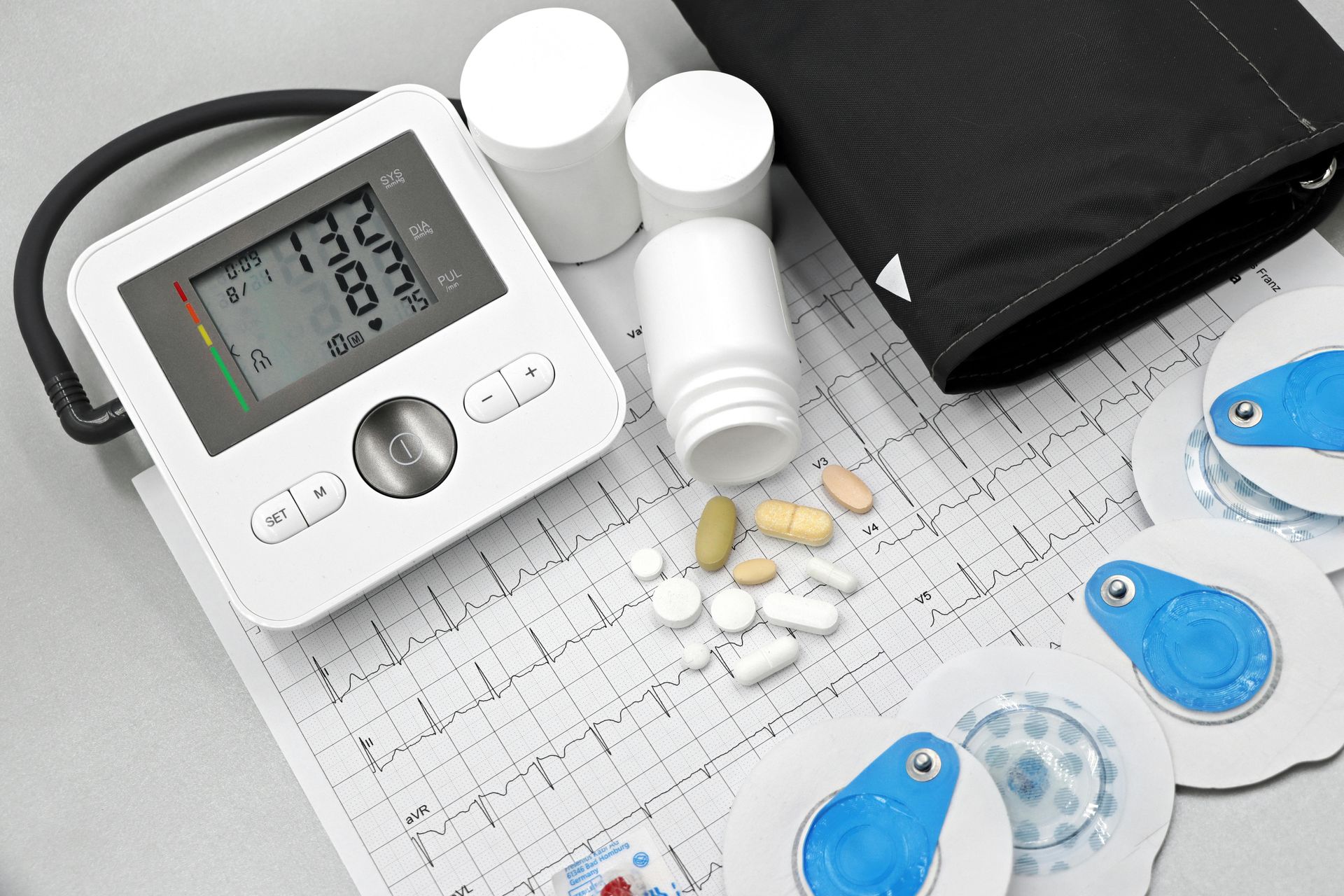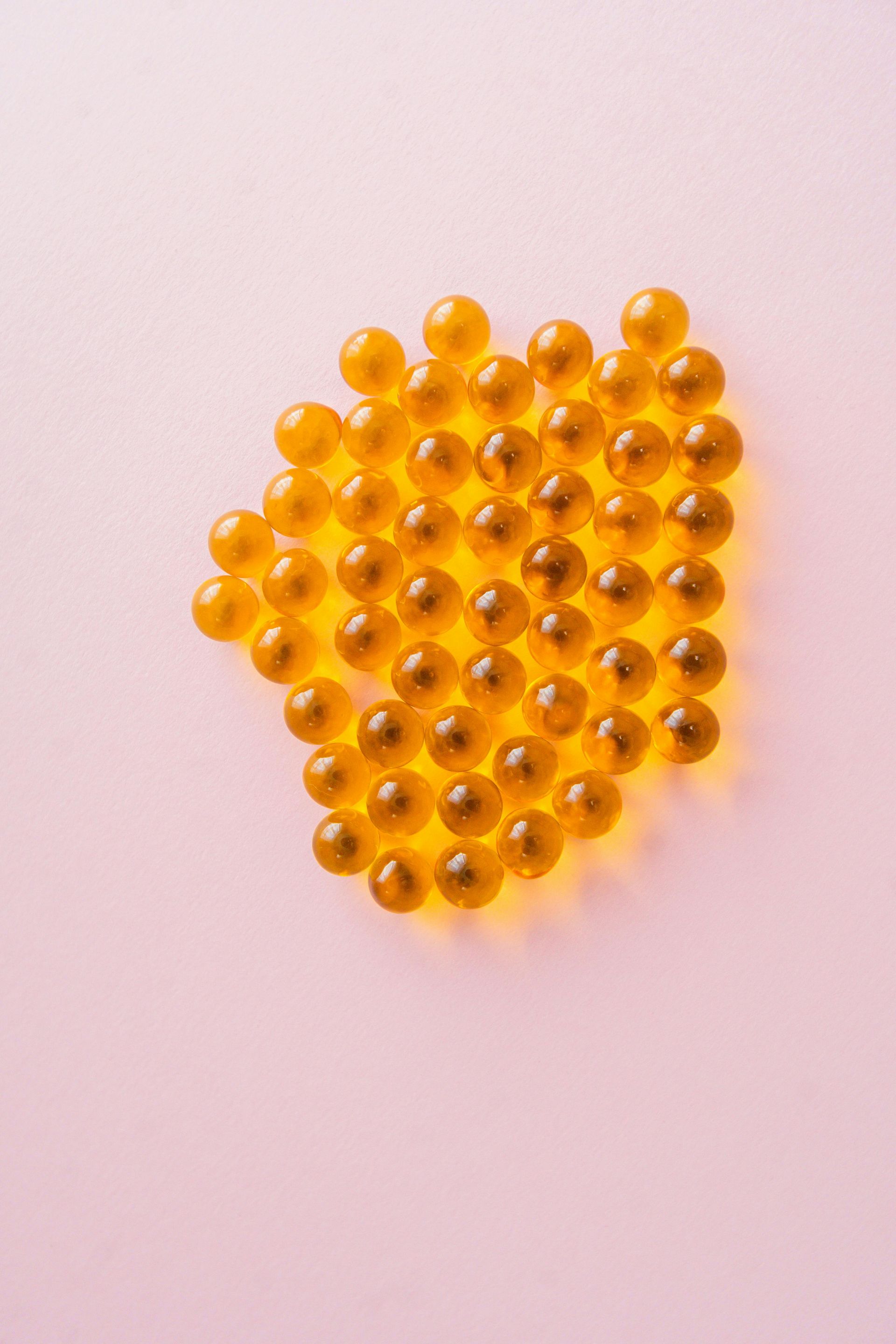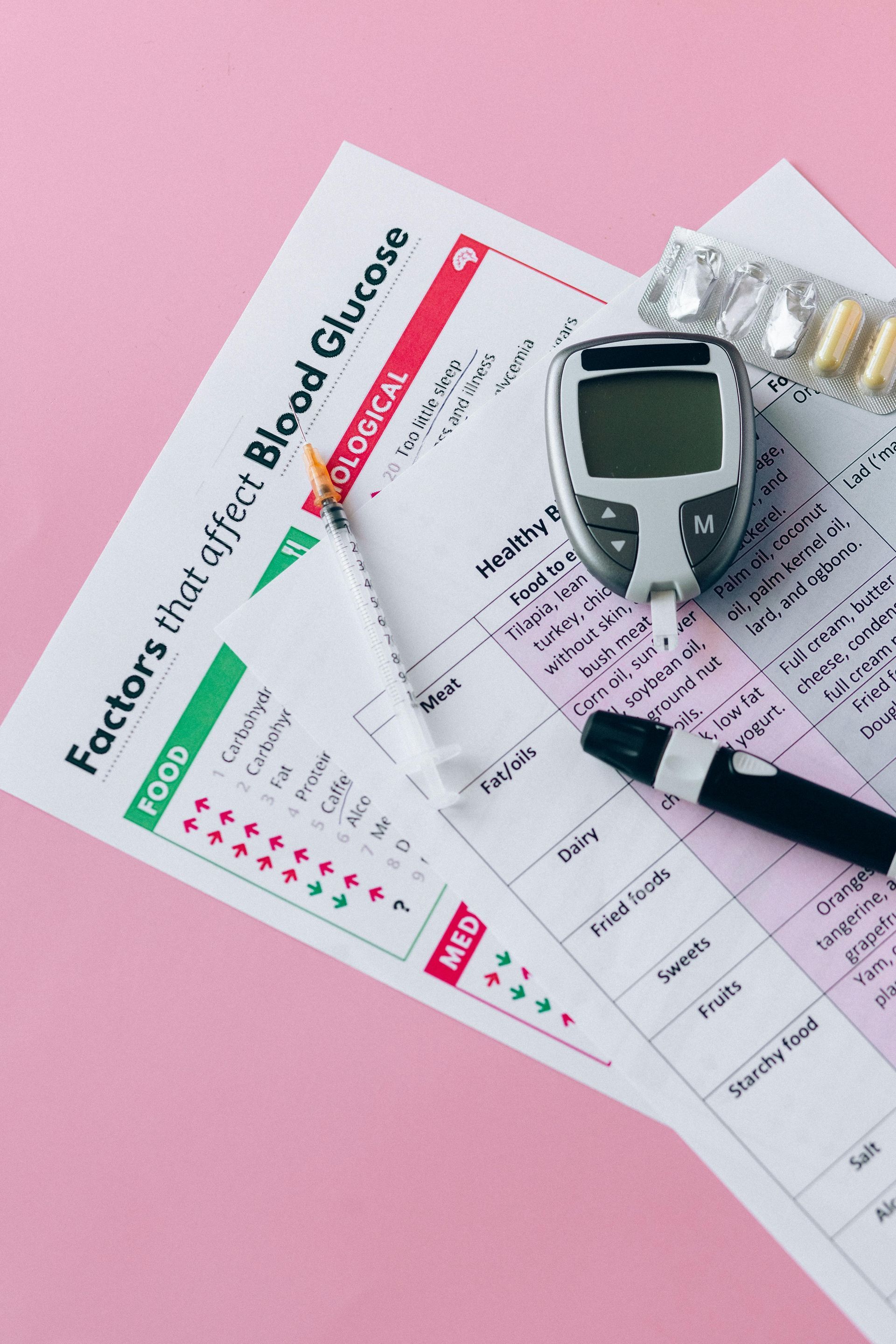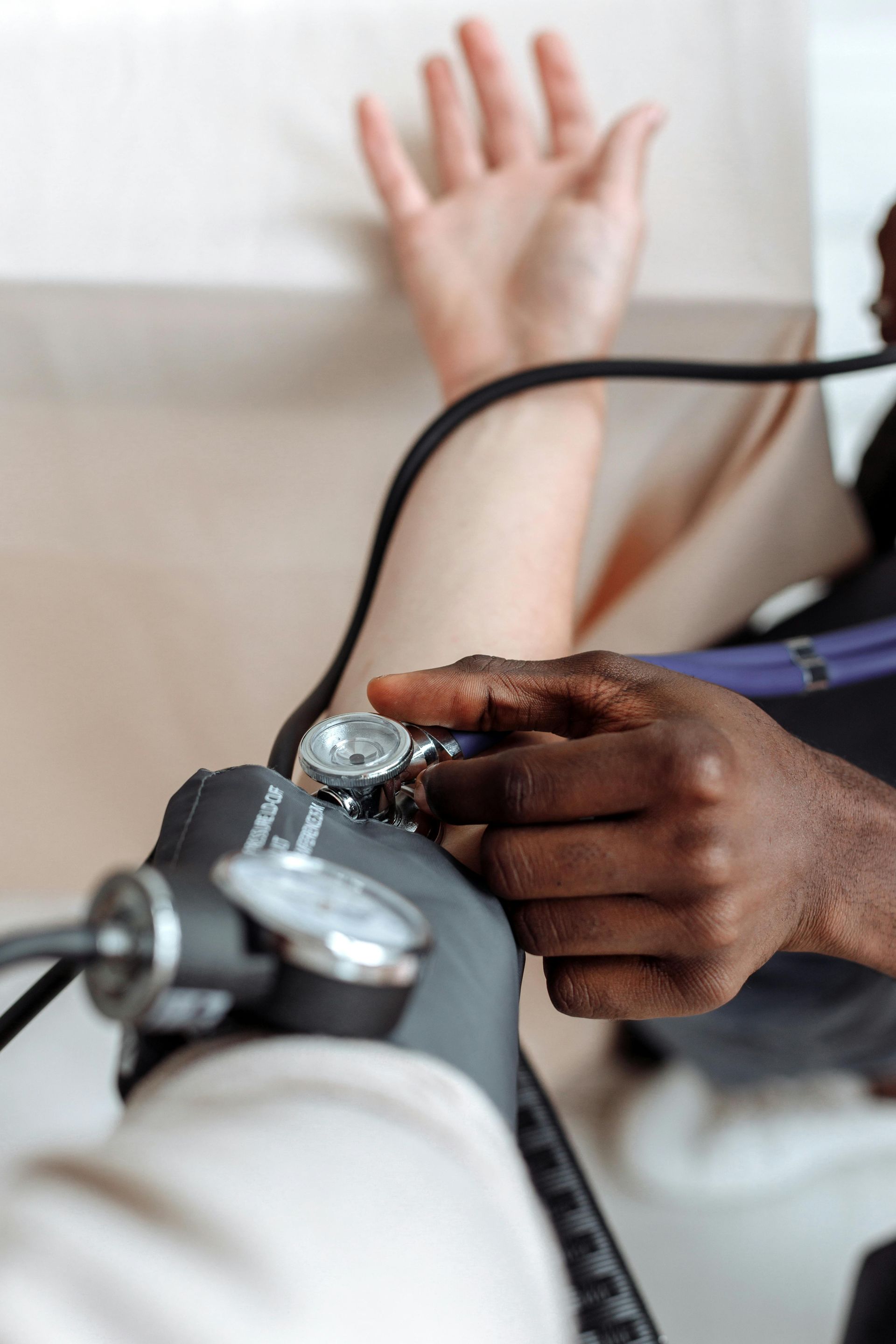What the UMass Amherst mouse study means, how it works, and why pharmacists—and the public—should care.
The headline finding—explained simply: A UMass Amherst team engineered a nanoparticle‑based cancer vaccine that, in mice, prevented several aggressive cancers—melanoma, pancreatic ductal adenocarcinoma, and triple‑negative breast cancer—with protection rates up to 88% tumor‑free. In one arm, 80% of vaccinated mice remained cancer‑free over 250 days, while controls died within weeks. The vaccine also blocked metastasis (cancer spread) in rechallenge tests.
What makes this a “super vaccine”?
Think of a vaccine as having two main components:
- The “Wanted Poster” (Antigen): Pieces of tumor proteins that teach the immune system what to target. The team used either specific melanoma peptides or a broader tumor lysate (a mix of tumor proteins) so the immune system learns multiple “faces” of a cancer.
- The “Alarm System” (Adjuvant): Signals that say “this is dangerous—respond hard and remember it.” Two potent immune alarms were packaged together inside a lipid nanoparticle so they reach the right cells at the same time. Result: stronger activation of dendritic cells, more tumor‑killing T cells, and durable memory.
Under the hood: The alarms engage multiple pathways (e.g., STING and TLR4) to induce type I interferons and other cytokines that license dendritic cells to prime CD8⁺ cytotoxic T cells —the body’s precision tumor hunters. Co‑delivering alarms + antigen in the same nanoparticle helps them “fire in sync.”
Why nanoparticles? They protect the cargo, steer it to lymph nodes (where immune responses are organized), and co‑deliver antigens and adjuvants to the same cells—features known to boost cancer vaccine potency in preclinical models.
Where this fits in the bigger picture of cancer immunotherapy
- We already enlist immunity to fight cancer. FDA‑approved checkpoint inhibitors can produce long remissions in some patients. Therapeutic cancer vaccines exist (e.g., sipuleucel‑T for prostate cancer; T‑VEC for melanoma), and personalized neoantigen and mRNA vaccine platforms are in trials.
- Prevention vs. treatment: We prevent virus‑driven cancers with HBV and HPV vaccines. Extending prevention to non‑viral cancers is a long‑standing goal; consistently priming the right T cells against tumor antigens could reduce burden and recurrence.
The UMass platform is notable because it mimics how pathogens trigger immunity (multi‑pathway activation), works with defined antigens or whole‑tumor lysate, and blocked metastasis in mice—aligning with the push for broader, deeper T‑cell priming and durable memory.
Real‑world stories that show immunity can beat cancer
These are not from the UMass vaccine—human vaccine trials are forthcoming—but they show what well‑directed immunity can do.
Jane (lung cancer): Given 6–9 months, she joined an immunotherapy trial. Lesions disappeared; scans now show no active disease. She returned to work within months.
John (head & neck cancer): After surgery, chemo, and radiotherapy, he relapsed. Immunotherapy turned the tide; years later, he credits it with “keeping me alive.”
Irisaida (uterine cancer to lung): Chemo failed; an immunotherapy trial led to regression within months and no evidence of disease two years later.
How it works—simple version
- Spotting the bad guys: Tumors display abnormal proteins (antigens). The vaccine previews these, like showing security the face of a shoplifter.
- Pulling the fire alarm: Adjuvants act as danger signals. Two alarms at once (via the nanoparticle) tell the system to take the preview seriously and remember it.
- Training special forces: Dendritic cells present tumor antigens to T cells in lymph nodes. Top recruits become CD8⁺ cytotoxic T cells that patrol and destroy tumor cells.
- Lasting patrol: Memory T cells provide long‑term surveillance—explaining why vaccinated mice resisted later metastasis challenges.
What pharmacists should watch—and do—now
- Education & counseling: As cancer vaccines and immunotherapies expand, pharmacists will be crucial for patient education, adherence, and expectation‑setting—just as during COVID‑19 vaccination campaigns.
- Bridging prevention gaps: Pharmacists are underused in oncology vaccine delivery (e.g., influenza, pneumococcal, HPV) but are trusted vaccinators who can lift uptake and coordinate around complex chemo schedules.
- Staying trial‑ready: Centers will need vaccine‑savvy pharmacists for handling novel platforms (lipid nanoparticles, mRNA, peptide cocktails) and co‑administered immunomodulators. Learn the acronyms now: STING, TLR4, APCs, cDC1.
For pharmacists (action checklist)
- Audit your oncology vaccine workflows (influenza, pneumococcal, HPV) and close gaps.
- Upskill on cancer immunology basics (antigen presentation, adjuvants, checkpoint pathways), nanovaccine handling, and trial protocols.
- Proactively educate patients on differences between preventive vaccines, therapeutic vaccines, and other immunotherapies, setting realistic expectations as research evolves.
The caveats—why cautious optimism matters
- Mouse ≠ human: Human cancers evolve for years in complex environments; many mouse “cures” fail in people. Only rigorous clinical trials can confirm benefit.
- Antigen choice matters: Tumors can lose targets or suppress immune attack. Personalized approaches (neoantigen vaccines) aim to counter this.
- Combinations likely key: Pairing vaccines with checkpoint inhibitors or other agents may overcome immune evasion, with the earliest impact expected in adjuvant settings and high‑risk groups.
Bottom line
The UMass Amherst nanoparticle “super vaccine” is a compelling proof of concept: give the right tumor “wanted posters” and pull multiple immune fire alarms at once, and you can train the immune system to block tumor takeoff and metastasis—at least in mice. Translating that to people will take careful trials, but it aligns with where oncology is headed: earlier, smarter, immune‑based prevention and control.





